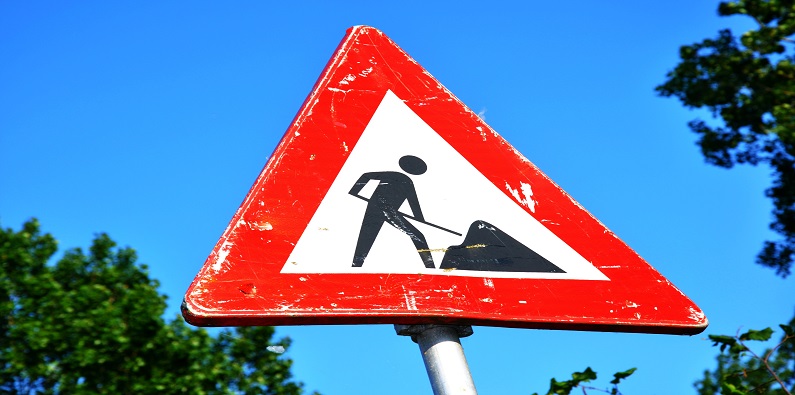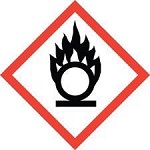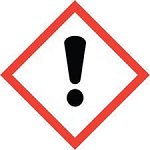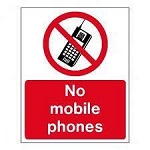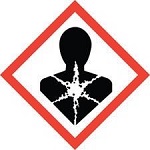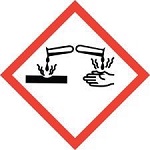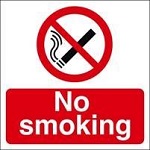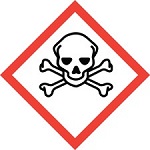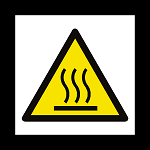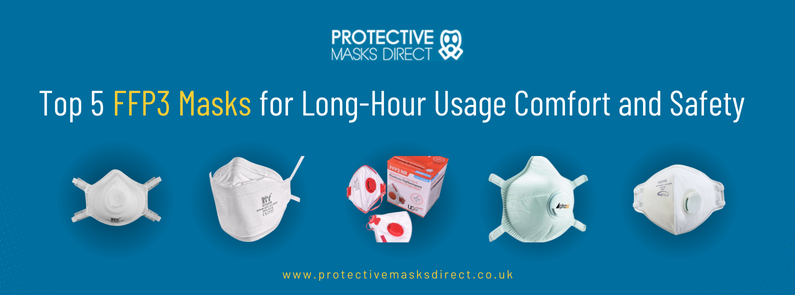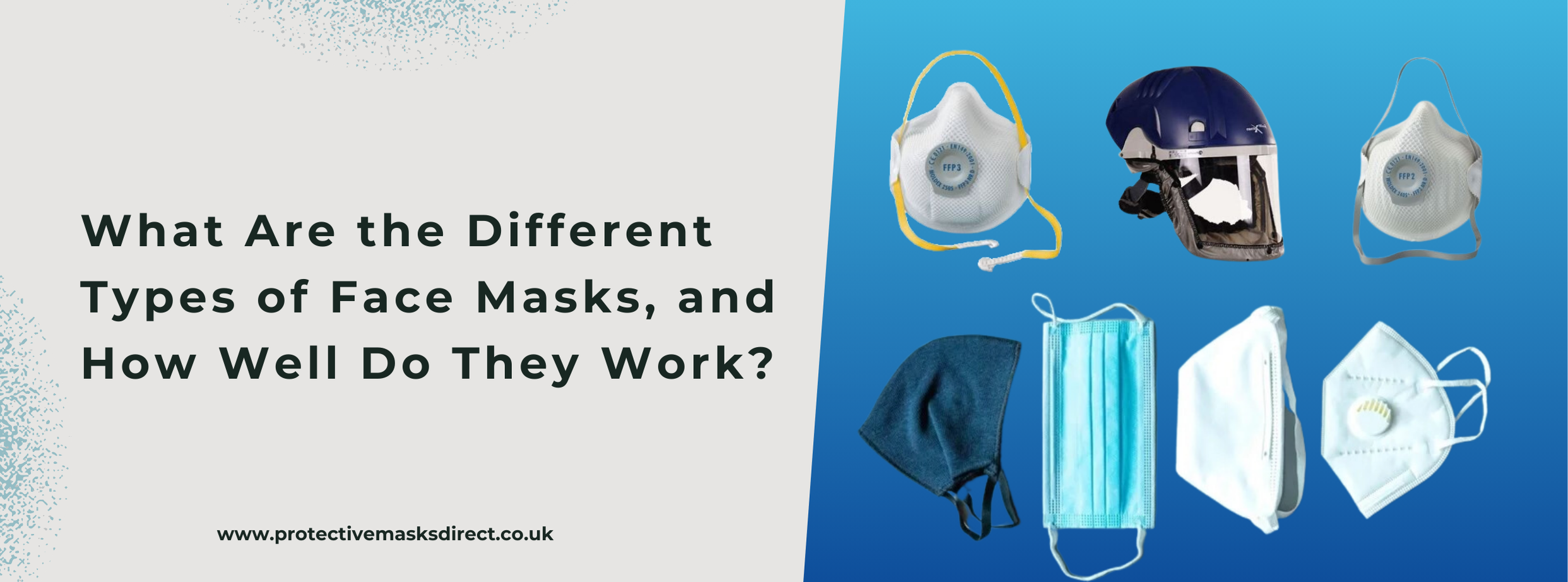Key Takeaway:
Explore the meanings of common safety symbols, understand the importance of safety signs, and learn about personal protective equipment (PPE) for workplace safety.
Introduction:
Discover the significance of safety symbols in conveying vital information about hazards, emergency procedures, and protective gear for workplace safety.
Significance and Meaning of Commonly Used Safety Symbols
Health and safety signs are used to provide information so that they are understood by everyone irrespective of their language expertise. Safety symbols are standardised and are used to convey vital information about exits and evacuation routes, warnings about potential hazards, and instructions such as wearing respiratory equipment like Full Face Respirators.
This post describes the meanings of a few of the top symbols explains why safety symbols must be used.
What are Safety Signs and Signboards?
Safety symbols are required to warn and inform you of the possible risks that can cause serious health issues or injuries.
A safety or health sign informs and instructs the workers using boards, illuminated signs, colours, acoustic signals, and hand and verbal signals. A signboard can have symbols or pictograms, and supplementary text to provide information. A combination of symbols and acoustic signals can also be used to effectively instruct and warn the workers.
Different Colours of Symbols and Their Meanings
Red, Yellow, Blue, and Green are the colours used in safety signs to notify the workers about rules and risks. Here are the meanings of these four colours
- Red Symbols
- Category: Prohibition Sign or Danger Alarm
- Information: Dangerous Behaviour, Stop,shutdown, Emergency cut-out devices, Evacuate
- Description: Usually round with a thick edge and a thick diagonal line over a black and white picture illustrating the behaviour prohibited.
- Yellow or Amber Symbols
- Category: Warning Sign
- Information: Be careful, take precautions, examine
- Description: These hazard signs must be mostly yellow or amber with thick black edges with a clear symbol of the hazard within them.
- Green Symbols
- Category: Emergency escape, First-aid sign, No danger
- Information: Doors, exits, escape routes,
equipment and facilities, Return to normal - Description: Rectangular or square shape with a white pictogram on green background
- Blue Symbols
- Category: Mandatory Sign
- Information: Specific behaviour or action
- Description: Circular in shape, these signs are mostly blue with white symbols or text depicting the instruction.
Common Symbols and Their Meanings
- Prohibitory Signs
Some of the common prohibitory signs used are
|
Symbol |
Meaning |
|
|
Oxidizers |
|
|
Eye and Skin Irritant Skin sensitizer Acute toxicity Respiratory tract irritant Hazardous to ozone layer Narcotic effects |
|
|
Mobile phones are prohibited |
|
|
Health hazards such as Target organ toxicity Mutagenicity Reproductive toxicity Aspiration toxicity
|
|
|
Skin corrosion or burns Damage to eye Corrosive to metals |
|
|
Smoking is Prohibited |
|
|
Acute toxicity |
- Warning Signs
Some of the commonly used warning signs are
|
Symbol |
Meaning |
|
|
Hot Surface |
|
|
Flammable Materials |
|
|
Biological Hazard |
|
|
Radioactive Material |
|
|
Sudden Loud Noise |
|
|
Falling objects Hazard |
|
|
Corrosive Hazard |
Personal Protective Equipment (PPE) such as gloves, FFP3 dust mask, safety overalls can help in shielding against biological, chemical, and other hazards in the workplace.
- Emergency Escape and First-aid Sign
Some of the commonly used Emergency escape and First-aid signs are
|
Symbol |
Meaning |
 |
Emergency Assembly Point |
|
|
Emergency Exit |
|
|
Emergency Stairs |
|
|
Location of First Aid Box |
|
|
Emergency Spill Kit |
|
|
Emergency Eye Wash |
|
|
Emergency Shower |
- Mandatory Signs
Some of the commonly used mandatory signs are
|
Symbol |
Meaning |
|
|
Wear eye and ear protection |
|
|
Mask required |
|
|
Foot Protection |
|
|
Face shield and eye protection |
|
|
Wear protective clothing |
|
|
Wear respiratory Equipment |
|
|
Wear hard hat |
Wearing helmets, goggles, and dust masks may be mandatory in some workplaces and signs must remind ad urge the workers to wear them.
- Fire Safety Signs
A fire safety sign provides information on emergency exits and escape routes and in the event of a fire. It also provides information on the location of firefighting equipment issues warning in terms of acoustic signals or illuminated signs.
The fire safety signboard or equipment background is red, and equipment also is red in colour. The signboard must be large enough so that it can be easily located.
Fire alarms are required to alert the workers to any fire outbreak before it gets dangerous. An evacuation plan must be in place and all the workers must be made aware of the plan. The acoustic signal for a fire alarm should have a higher sound level than the level of ambient noise and must be recognisable and unique from other acoustic signals and ambient noise.
Fire Safety signboards are generally green like the one seen below.
Safety Sign Requirements at Workplace
Here are some of the requirements specified by Safety Regulations for safety signboards
- The visibility of the signs should not be affected by the presence of any emission source.
- Too many signs should not be close to one another.
- Two acoustic signals must not be used at the same time.
- In work environments where there is too much ambient noise, acoustic signals cannot be used.
- An illuminated sign must not be placed close to another illuminated source.
- Signs must be regularly be cleaned, checked, and maintained to ensure normal functioning
- Supplementary signs must be placed for workplaces where the workers may have vision impairment or hearing problems.
Educating the workers about how to interpret the signboards is crucial to effectively communicate the warning or information about the risks. Workers should also be encouraged to wear protective equipment wherever required so that they can prevent injuries and diseases caused due to workplace hazards.

